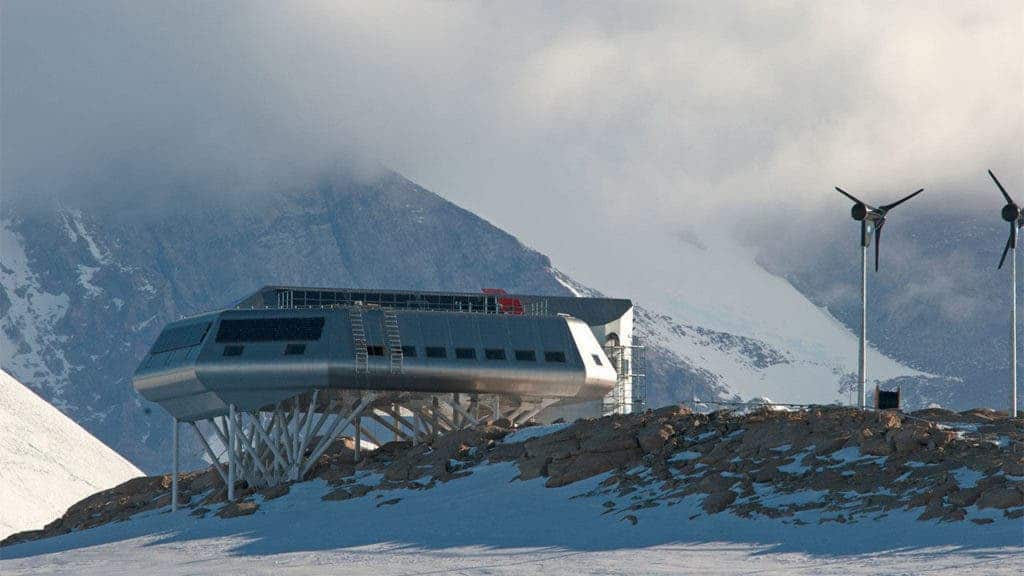Remote and inhospitable, Antarctica is home to scientists from different parts of the world, who travel especially there to do research on different areas. Being climate-friendly there might be tricky — but there’s already a scientific station that managed to be zero-emissions, with impressive standards.

The Princess Elisabeth Antarctica Research Station, a Belgian research station, is the only base in Antarctica that doesn’t generate any net emissions. Located in the East Antarctic, it has scientists and researchers living there from October to March working on different projects.
The base was first idealized by Belgian explorer Alain Hubert during his Transantarctic crossing of the continent in 1998 by the kite ski. It was then built by the International Polar Foundation and its partners, welcoming visitors since the 2008-2009 research season.
It has very different features from most scientific stations, being fully based on renewable energy. It is covered with solar panels on the roof, the walls and on the side of sleeping containers. The panels are set up particularly high so to capture the sunlight from the long days of the austral summer. Yes, you read that right — solar panels are being used even in the frigid Antarctic.
The Princess Elisabeth Antarctica Research Station also has nine wind turbines, set up into the granite ridge beneath the snow and ice. The blades are looked after with polar lubricants. This ensures clean electricity on the base, instead of having to use fossil fuels like other stations.
Heating is a key issue for living in Antarctica but in Princess Elisabeth base, there’s no need for conventional heating, as it has nine layers of insulation. All the electrical equipment runs on renewable energy and there are strict rules on how and when to use them.
The use of electricity is prioritized for fire alarms, smoke detectors, surgeries, the base commander’s office and satellite connections that alert if outside help is needed. Then, food and water follow in the ranking, while working facilities such as computers and lights are in the last position.
Showering and doing the laundry is far from being a priority so as to take care of the energy resources. Visitors and researchers shower only once or twice a week, using systems that limit the amount of water is used. There’s wide respect for these rules, according to Kate Winter, who recently visited the base.
Why are scientists looking after Antarctica?
Researchers specifically travel to Antarctica to carry out studies on climate change, trying to predict changes the world will experience because of global warming.
The area has specifically been affected because of climate change, being considered as one of the most rapidly warming parts of the planet – with consequences that can be observed on land and on water.
For example, penguin colonies have changed location due to alterations in the sea ice, while plants have expanded in new areas due to the melting of snow and ice cover. Krill, a vital food source for many animals, is also declining.
An intensified global warming would be bad news for Antarctica. A study this year showed a temperature increase of more than 2ºC would mean a widespread melting and rise in the sea levels, as seen in Earth during Pliocene geological epoch.


